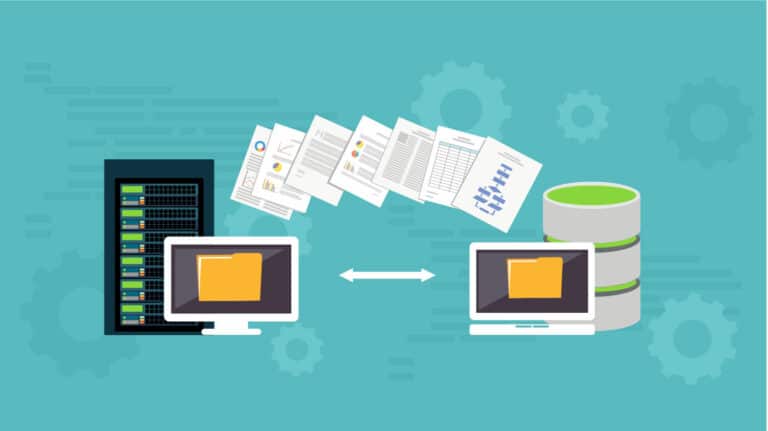Many companies have already embarked on the journey to the cloud. Few are fully adopted and compatible to the cloud. So how do you make sure your IT infrastructure is suitable and optimised for the cloud? There’s still plenty to learn on this front. Whether it concerns your cloud environment, hyper-converged infrastructure (HCI), end user computing (EUC), databases or security.
The road to the cloud is a long one for many companies. Companies that have been around for a while have generally built up quite an IT legacy. Often a range of outdated applications and infrastructure are crucial for business operations but are not easily suitable for migration to the cloud. At the same time, the pressure is mounting from within the organisation to modernise more than ever before. Financial resources are now increasingly becoming available from the company’s management. This financial investment is welcome in the IT department, but money alone cannot tackle all these challenges.
Ultimately, you have to deal with an IT department and a certain number of employees who have to get the job done. Finding additional employees remains difficult; there is no immediate solution. You also have to deal with a complex application landscape and different infrastructures, on which you have to migrate those applications or even replace them. For many companies, this is a complex, time-consuming task for which they are often looking for a solution.
The complexity of IT migrations
How do migrate the VMs on which the application runs quickly and efficiently? That is often difficult because an on-premises architecture is very different from a cloud infrastructure. There is also the question of how well certain applications and databases work within such an infrastructure.
If you have to do every migration individually, you quickly end up with a cumbersome process. Mapping applications, mapping the corresponding infrastructure, from VMs and containers to databases. Then you have to look at how you can migrate and test everything thoroughly, before you implement it. That step-by-step plan needs to be repeated hundreds of times. The average organisation has hundreds to thousands of applications in use, depending on their size.
Make migrations from on-premise infrastructure to the cloud easier
Such a migration should be simpler and faster. There are several companies that focus on tackling this problem. One of those is Nutanix, which has developed an IT infrastructure platform suitable for hybrid and multi-cloud. On the Nutanix platform you can land all your VMs, containers and databases. Nutanix is a software platform that can run on top of different infrastructures; on a bare metal server in your own data centre, or simply on top of AWS, Google Cloud or Azure. This means your infrastructure works the same in your own data centre as it does in the cloud, and you can easily migrate or scale up to the cloud when there are peak loads.
In addition, Nutanix has added the necessary specialisations in recent years, making the platform suitable for end-user computing by means of VDI (virtual desktop infrastructure) and DaaS (desktop as a service), but also for the optimal running of, for example, databases with Nutanix Era.
Making infrastructure suitable for the cloud
The attentive reader will now think, fine, but I still have to do migrate first to Nutanix, which does not solve the problem described earlier. Nutanix has also found a solution for this problem in the form of Nutanix Move. Move supports many hypervisors, allowing it to migrate all VMs and containers to the Nutanix platform with one push of a button. Large organisations can do this very quickly on premises. After that migration they can select what move to the cloud. Nutanix has also developed a tool for this, they call it Nutanix Beam. With Beam you can see in which environment certain VMs can best be deployed, from a performance or cost perspective.
Start your migration well with the Nutanix Week
How you should approach such a migration exactly, you can learn from other IT experts during the Nutanix Week. From 7 to 11 February, Nutanix hosts the Nutanix Week talk show series, where IT experts from various companies talk about how they have migrated their infrastructure and how they use these solutions. The talkshows are spread over five mornings in which you are updated on the best approach in 45 minutes each day. You really learn from the knowledge and experiences of these experts. As an IT professional or decision maker, this is where you can form a picture and take the first steps on how to implement the migration in your enterprise in 2022. Participation to the Nutanix Week is free of charge.
